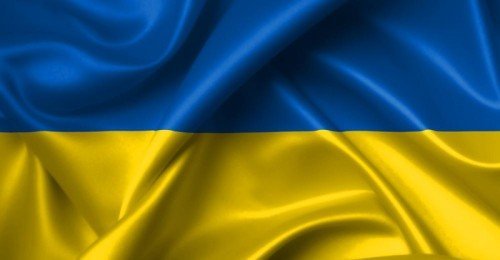
Ukrainian language, formerly called Ruthenian or Little Russian (now considered pejorative), Ukrainian Ukraïns’ka mova, East Slavic language spoken in Ukraine and in Ukrainian communities in Kazakhstan, Moldova, Poland, Romania, Lithuania, and Slovakia and by smaller numbers elsewhere. Ukrainian is a lineal descendant of the colloquial language used in Kievan Rus (10th–13th century). It is written in a form of the Cyrillic alphabet and is closely related to Russian and Belarusian, from which it was indistinguishable until the 12th or 13th century. Ukrainian resembles Russian less closely than does Belarusian, though all three languages are in part mutually intelligible.
After the fall of Kievan Rus in the 13th century, the dialectal characteristics that distinguish Ukrainian from its sister languages emerged, but for many centuries thereafter the language had almost no literary expression, a result of Ukraine’s long political subordination. It was not until the end of the 18th century that modern literary Ukrainian emerged out of the colloquial Ukrainian tongue. Like Belarusian, the Ukrainian language contains a large number of words borrowed from Polish, but it has fewer borrowings from Church Slavonic than does Russian.
Ukrainian literature, the body of writings in the Ukrainian language. The earliest writings of the Ukrainians, works produced in Kievan Rus from the 11th to the 13th century, were composed in Church Slavonic and are thus the common literary heritage of the Russians and Belarusians as well. After the Mongol invasion (13th century), Ukrainian literature was in decline until its revival in the 16th century. By the early 19th century the Ukrainian vernacular had become the primary vehicle of literary expression, and an era of prolific writing began.
Nineteenth-century Ukrainian literature reflected the rapid development of Ukrainian national consciousness under Russian rule. Ivan Kotlyarevsky, classicist poet and playwright, inaugurated modern Ukrainian literature with his Eneida (1798), a burlesque travesty of Virgil’s Aeneid that transformed its heroes into Ukrainian Cossacks. Modern Ukrainian prose was inaugurated by Hryhorii Kvitka-Osnovianenko’s novel Marusya (1834).
About 1830 the city of Kharkiv became the centre of Ukrainian Romanticism, with such authors as Izmail Sreznevsky, Levko Borovykovsky, Amvrosii Metlynsky, and Mykola Kostomarov publishing ethnographic materials, native interpretations of Ukrainian history, and collections of folk legends and Cossack chronicles. In western Ukraine, Romanticism was represented by the “Ruthenian Triad”: Markiian Shashkevych, Yakiv Holovatsky, and Ivan Vahylevych. The Romantic movement reached its peak in the work of the Kiev Romantics and found its highest expression in the Brotherhood of Saints Cyril and Methodius (1846).
The early poetry of Taras Shevchenko, the outstanding Ukrainian poet of the 19th century, expressed the interests of the Romantics, but it soon moved to a more sombre portrayal of Ukrainian history, especially in the long poem Haidamaky (1841; “The Haidamaks”), and to works satirizing Russia’s oppression of Ukraine—e.g., Son (“The Dream”), Kavkaz (“The Caucasus”), and Poslaniie (“The Epistle”). His later poetry, written after his release (1857) from exile, treats broader themes. After Shevchenko, the most important Romantic was Panteleymon Kulish, poet, prose writer (Chorna rada; “The Black Council”), translator, and historian.
Recent Posts

Understanding Translation Serv...

Agenzia di Traduzione a Roma: ...

Die Essentielle Rolle von Übe...

Die Essentielle Rolle von Übe...

Die Essentielle Rolle von Übe...

La Traduction Assermentée: Un...
Share it.
© Copyright 2022 LLC


